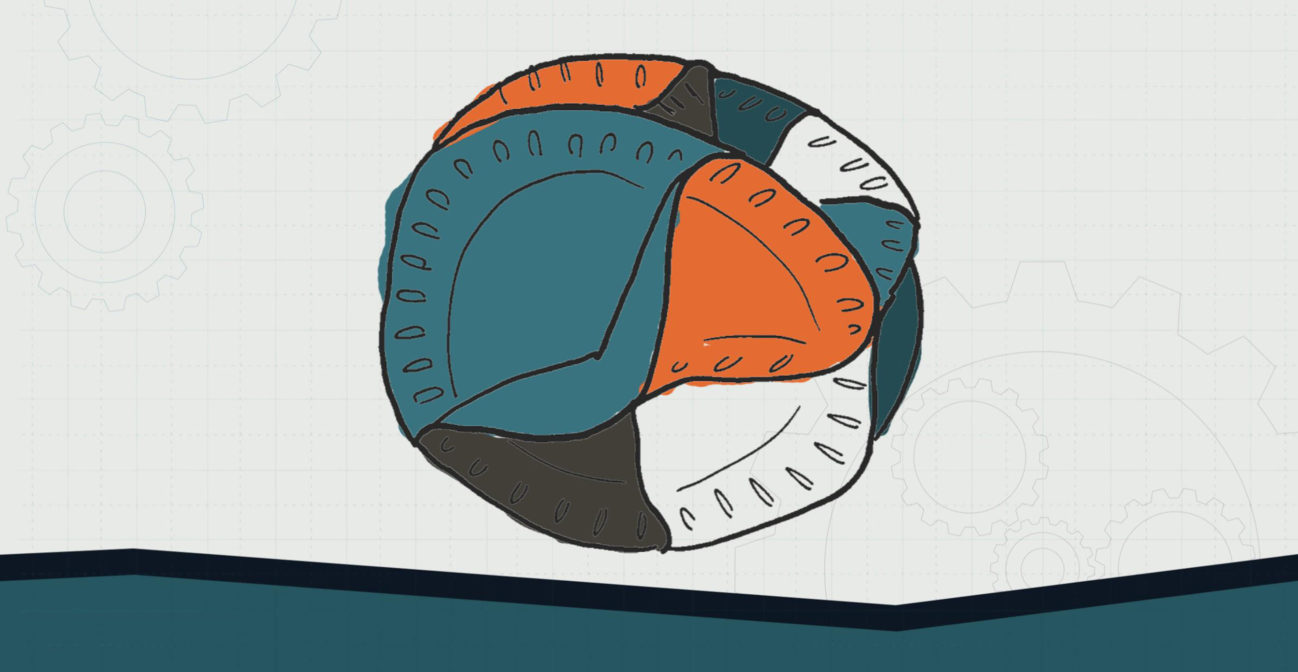Join us for conversations that inspire, recognize, and encourage innovation and best practices in the education profession.
Available on Apple Podcasts, Spotify, Google Podcasts, and more.

ELEMENTARY SCHOOL – LEVEL 2
Today, let’s create rainbows of paint by mixing three primary colors. But why show this using a flat traditional wheel—when we can make color explosions in three dimensions! Building a 3D color wheel is a fun study in engineering and spatial thinking. Provide students with paint (red, blue, yellow), paint brushes, stirs, and cups for mixing. They need white paper plates for the painting surface, and paper clips to hold them together.
MATERIALS NEEDED:
❏ 4 white paper plates
❏ 12 paper clips
❏ Red, blue, yellow paint
❏ Paint brushes
❏ Mixing cups and stirs
❏. String for hanging
DIRECTIONS:
WHAT DO WE NEED TO KNOW?
The color wheel is a circular illustration of color hues that shows the interaction between primary and secondary colors.
Primary colors: Red, Blue, Yellow Secondary colors: Purple, Green, Orange
OBJECTIVE: Students will be able to develop a model to describe how objects are seen by reflecting light.
ESSENTIAL QUESTIONS:
NGSS CONNECTION:
4-PS4-2. Develop a model to describe that light reflecting from objects and entering the eye allows objects to be seen.
COMMON CORE CONNECTION:
ELA/Literacy
SL.4.5 Add audio recordings and visual displays to presentations when appropriate to enhance the development of main ideas or themes.
Mathematics
MP.4 Model with mathematics.
4.G.A.1 Draw points, lines, line segments, rays, angles (right, acute, obtuse), and perpendicular and parallel lines. Identify these in two-dimensional figures.
DOK:
Level 2 – Concept
Level 3 – Strategic Thinking
Level 4 – Extended Thinking